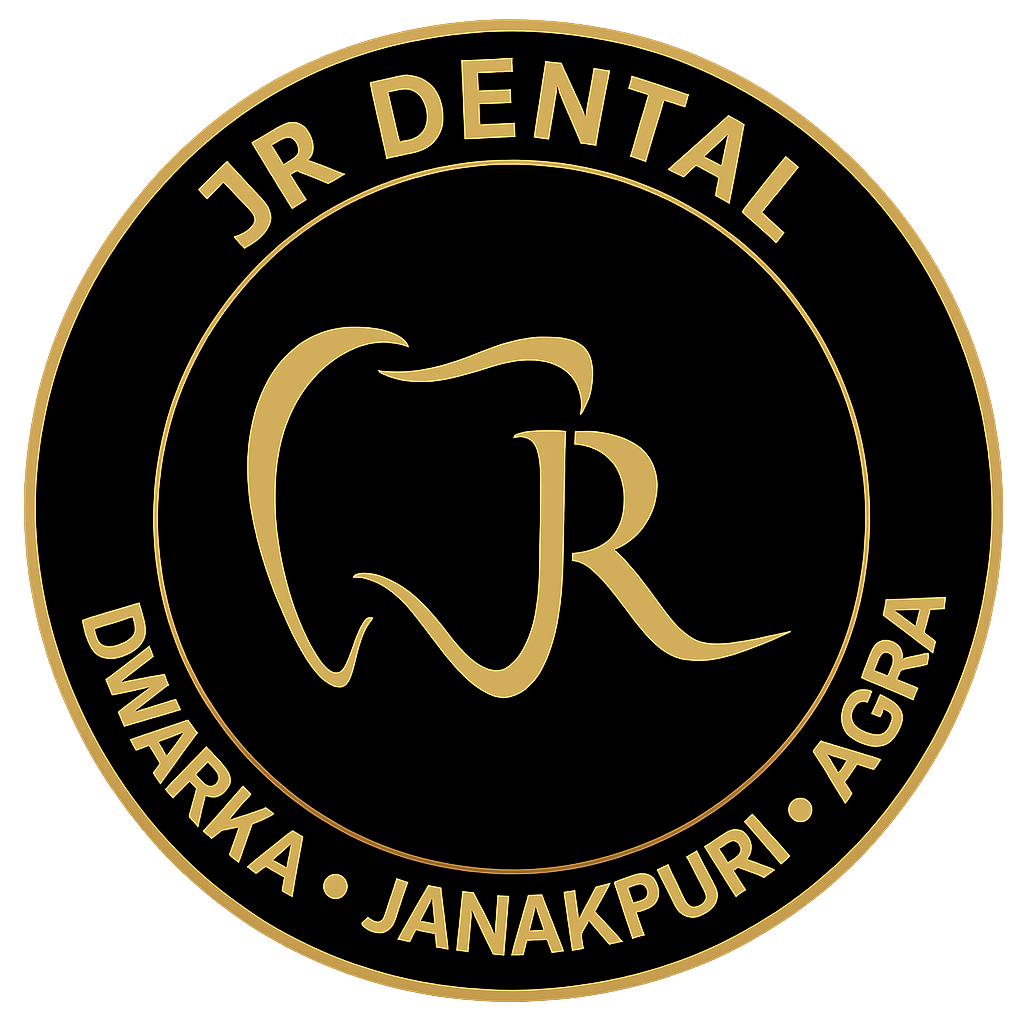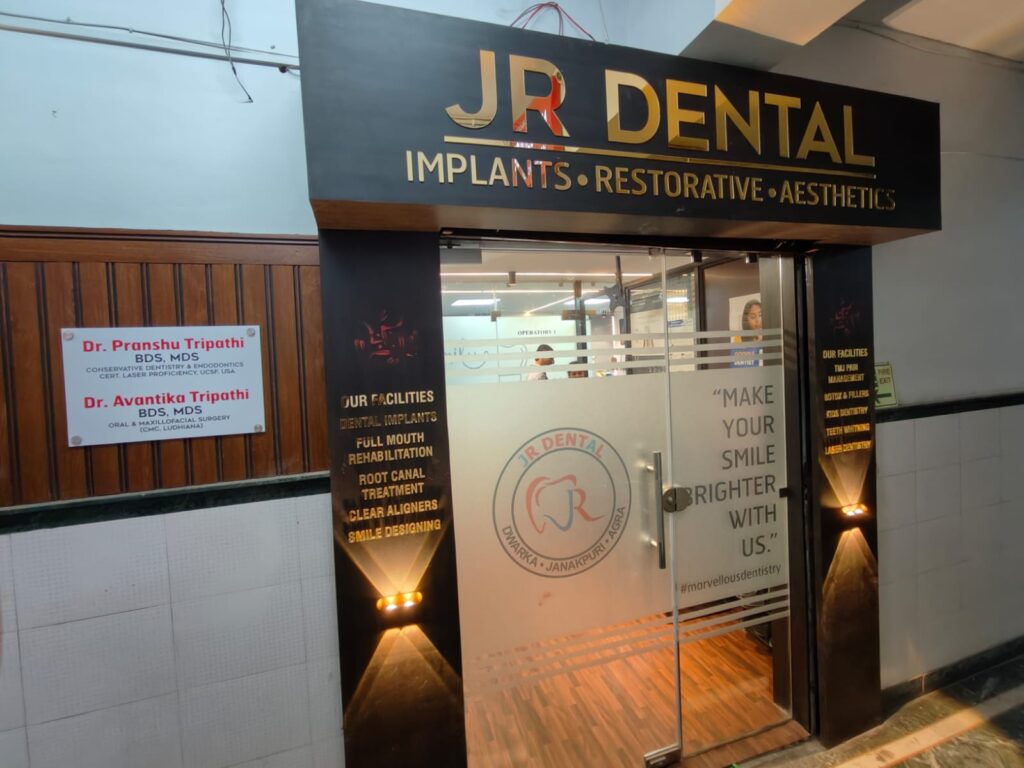JR Dental Service
Management of Facial Trauma in Dwarka

What is the Management of Facial Trauma?
The management of facial trauma refers to the medical and surgical care of injuries to the face, which may involve the skin, bones, teeth, and soft tissues. Facial trauma can occur due to accidents, falls, sports injuries, physical altercations, or even severe conditions such as car accidents. The goal of facial trauma management is to restore both the function and aesthetics of the face while preventing complications like infection, scarring, or long-term disfigurement. The treatment approach depends on the severity of the injury, ranging from conservative measures like ice and medication to more invasive procedures such as surgical repairs or dental interventions.
How Does Facial Trauma Management Work?
Facial trauma management begins with an immediate assessment of the injury, including a physical examination and diagnostic imaging like X-rays or CT scans to evaluate fractures, tissue damage, or other injuries. After determining the extent of the damage, the treatment plan is developed, which may include one or more of the following:
Conservative Treatment: For minor injuries such as bruising, swelling, or superficial cuts, management may involve the use of ice, pain medication, and wound care.
Surgical Intervention: For fractures or deep lacerations, surgical repair may be necessary to realign fractured bones, close deep wounds, and restore facial contours. This may involve procedures like bone repositioning, fixation with plates or screws, or reconstructive surgery.
Dental Care: If teeth are fractured or displaced, dental procedures like root canal therapy, crowns, or implants may be required to restore the bite and function.
Post-Treatment Care: Once the initial injury is treated, ongoing care may include follow-up visits to monitor healing, physical therapy for jaw or facial mobility, and cosmetic procedures to reduce scarring.
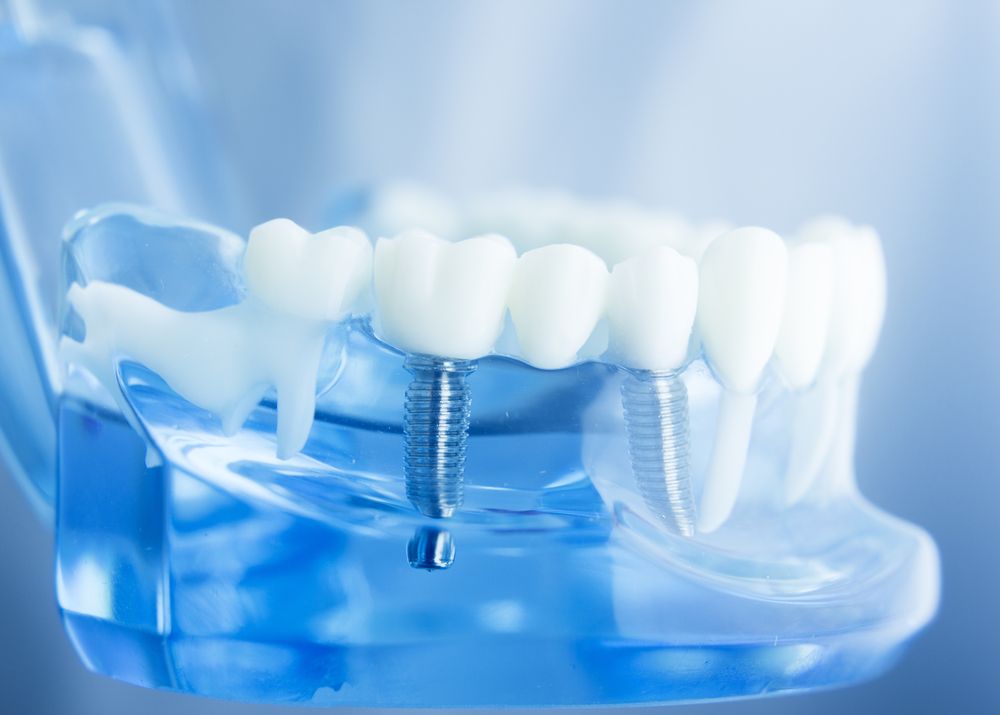
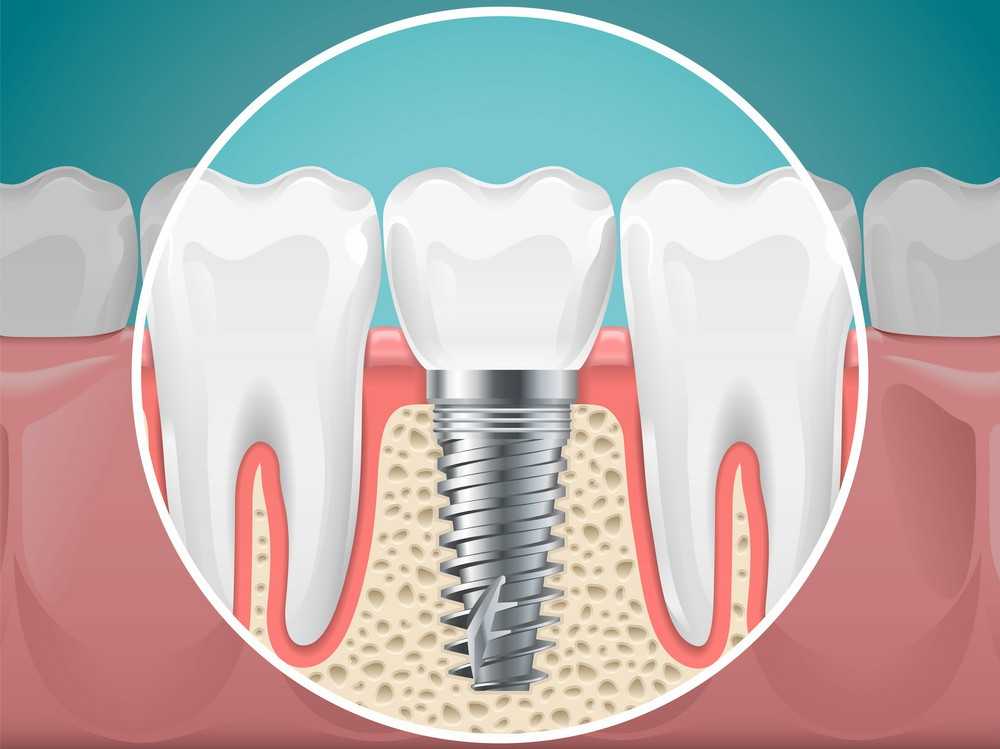
Benefits of Facial Trauma Management
The main benefits of properly managing facial trauma are the restoration of normal function and appearance. Timely and effective treatment can prevent long-term complications such as:
Functional Recovery: Ensuring that the patient can speak, eat, and breathe normally. This includes restoring the function of the jaw, teeth, and soft tissues.
Cosmetic Improvement: Minimizing visible scarring and deformities, which is crucial for facial aesthetics and the patient's self-esteem.
Prevention of Infection: By promptly treating open wounds or fractures, the risk of infection is reduced, promoting faster and more effective healing.
Pain Relief: Managing pain through medication and appropriate interventions helps improve the patient’s comfort during recovery.
Procedure for Managing Facial Trauma
The procedure for managing facial trauma varies depending on the severity of the injury:
Initial Assessment and Stabilization: The first step is to assess the patient's airway, breathing, and circulation (ABCs), especially in cases of severe trauma. This ensures the patient is stable before any further treatment.
Imaging and Diagnosis: X-rays or CT scans are taken to assess the extent of bone fractures or soft tissue injuries. These images help determine the best approach for treatment.
Treatment of Soft Tissue Injuries: For lacerations or contusions, wounds may be cleaned, stitched, and dressed. In some cases, a plastic surgeon may be needed for complex wounds.
Bone Fracture Management: For fractures, realignment (reduction) is performed, followed by fixation, which may involve plates, screws, or wires to hold the bones in place while they heal.
Dental Management: If the trauma involves teeth, a dentist may perform root canals, extractions, or implants to restore the bite and function.
Follow-Up and Rehabilitation: Once the initial healing has occurred, the patient will undergo follow-up visits to monitor healing. Physical therapy might be recommended to restore jaw and facial mobility.
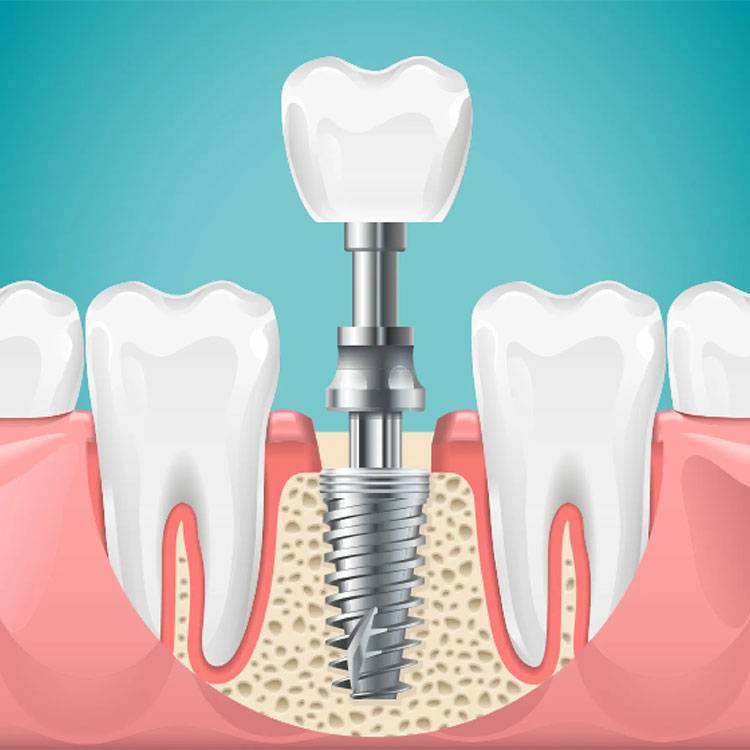
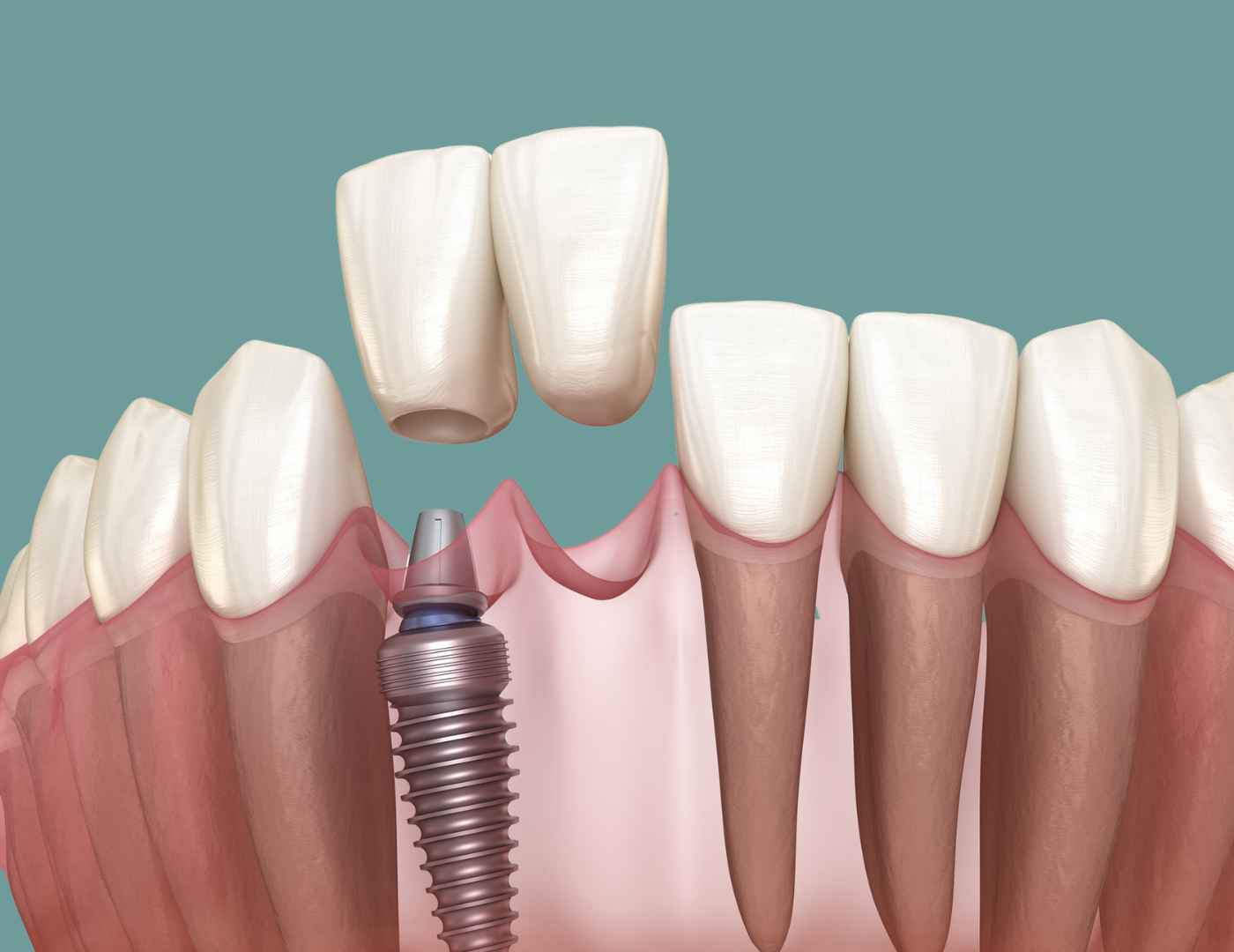
Ideal Candidates for Facial Trauma Management
Ideal candidates for facial trauma management are individuals who have sustained facial injuries due to accidents, sports, or trauma. Candidates may present with various conditions, including:
Fractures of the facial bones such as the jaw, nose, cheekbones, or eye sockets.
Soft tissue injuries including cuts, bruises, or burns on the face.
Dental injuries such as knocked-out teeth or fractures.
Disfigurement that affects the function or appearance of the face, requiring both functional restoration and cosmetic improvement.
Quick intervention is essential for optimal results, especially in severe trauma cases. Early treatment reduces the risk of complications such as infection, permanent scarring, or impaired functionality.
Risks of Facial Trauma Management
Though the management of facial trauma is generally effective, there are some risks and complications
:
Infection: Especially for open fractures or soft tissue wounds, there is a risk of infection, which can delay healing and require further treatment.
Scarring: Surgical procedures may leave visible scars, particularly when repairing complex facial lacerations. However, skilled surgeons can often minimize scarring using advanced techniques.
Nerve Damage: During surgical repair, there is a risk of damaging facial nerves, which could result in temporary or permanent loss of sensation or movement in certain parts of the face.
Misalignment or Malunion: In some cases, bones may not heal in the correct position, requiring additional surgery or treatment.
Psychological Impact: Facial trauma can have a significant emotional and psychological impact, and patients may need counseling or support to deal with the effects on their self-esteem.

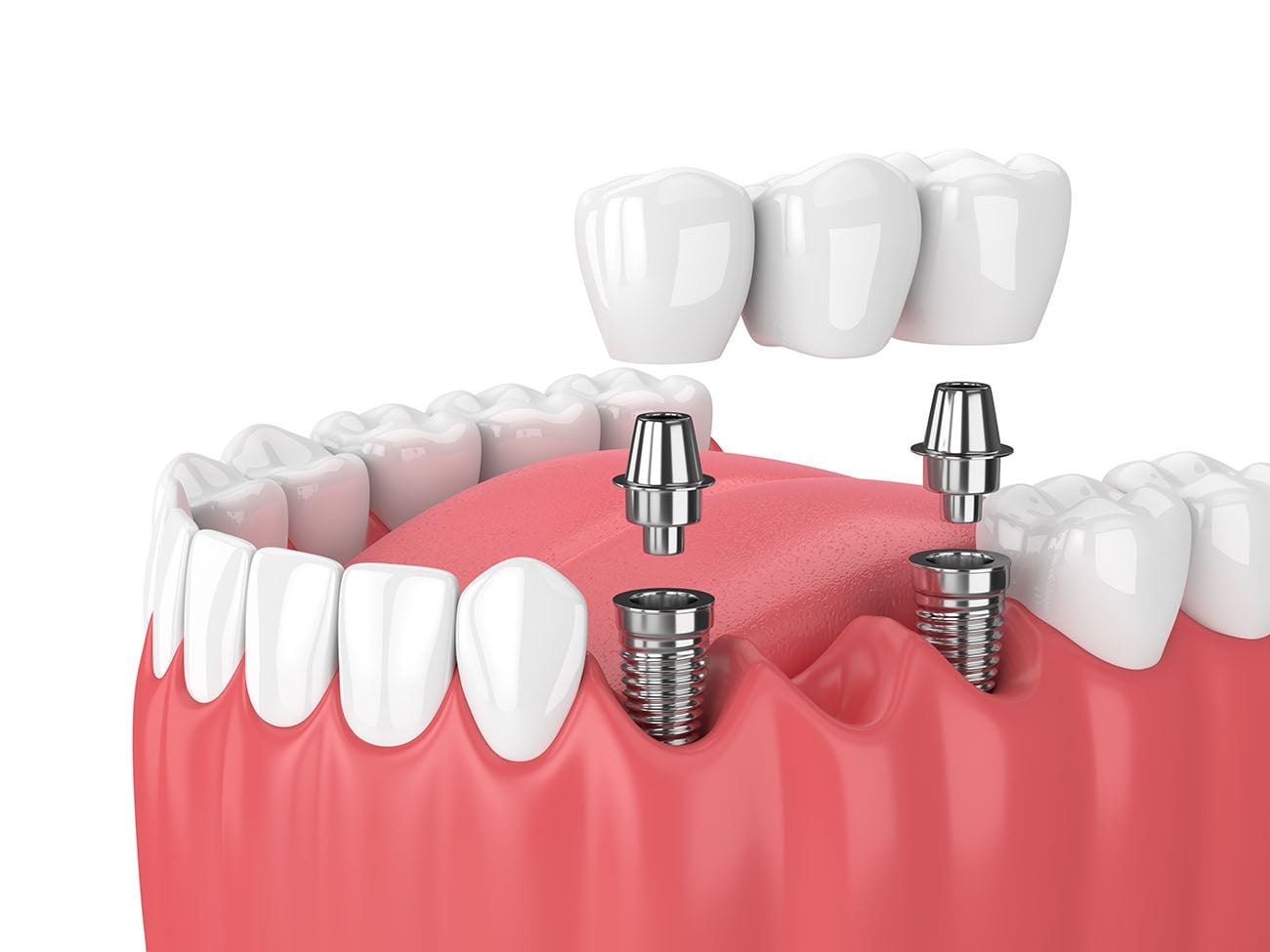
Success Rate of Facial Trauma Management
The success rate of facial trauma management depends on the severity of the injury and how quickly treatment is provided. Generally, with prompt care and appropriate intervention, the success rates for facial trauma recovery are high:
Fracture Recovery: Bone fractures, when treated promptly, typically have a success rate of 90-95%. The bones usually heal well with proper realignment and fixation.
Soft Tissue Recovery: Lacerations and bruises typically heal with minimal scarring if treated correctly, with success rates over 90%.
Dental Recovery: Dental injuries, such as tooth fractures or displacement, can be successfully treated with root canals, crowns, or implants, with a high success rate if addressed early.
Cosmetic Results: Many patients achieve excellent aesthetic results with the help of reconstructive surgery, although the outcomes depend on the complexity of the trauma.
FAQS
How long does it take to recover from facial trauma?
Recovery time can vary depending on the extent of the injury. For bone fractures, healing may take 6-8 weeks, while soft tissue injuries may take a few weeks to heal. In more severe cases, such as complex fractures or facial reconstruction, full recovery could take several months. Follow-up visits are crucial for monitoring progress.
Will I need to undergo surgery for facial trauma?
Not all facial trauma requires surgery. Minor injuries such as cuts or bruises can often be treated conservatively with medication, ice, and stitches. However, fractures, deep lacerations, or dental injuries often require surgical intervention to realign bones, repair tissues, and restore function.
How can I reduce the risk of facial trauma?
To reduce the risk of facial trauma, it’s important to wear protective gear during high-risk activities such as sports or biking. Additionally, avoiding risky behaviors, using seatbelts while driving, and maintaining safe environments can help prevent accidents that lead to facial injuries.
